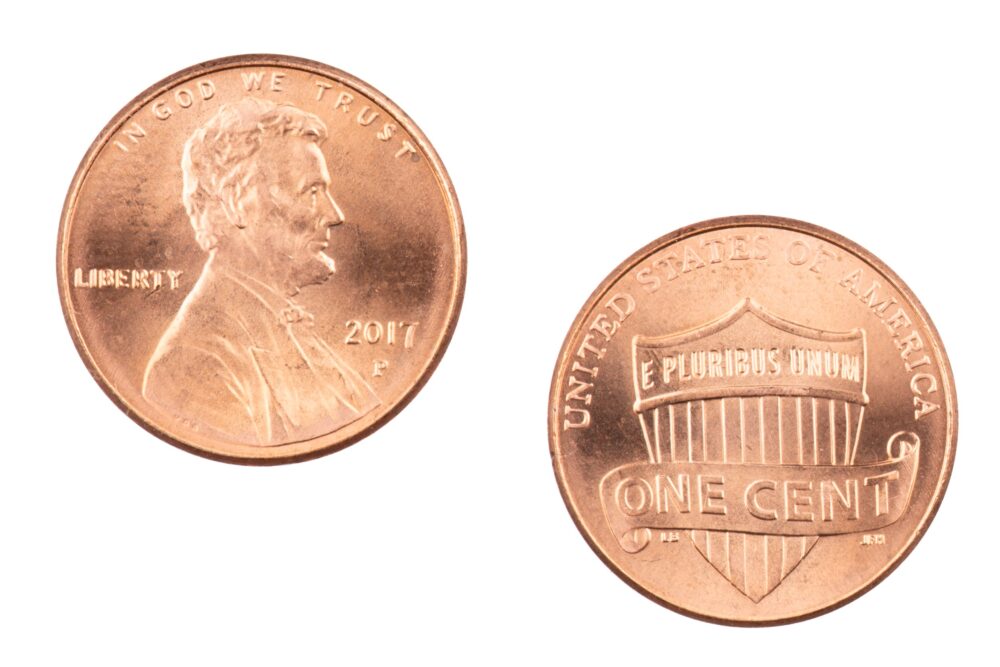Back in 2021 a Virginia man paid his final child support payment of $800 in pennies. Evidently the guy was estranged from his ex-wife and daughter. So, for his final payment he rented a trailer and filled it with pennies, went to his ex-wife’s house and dumped in front of their residence (here). This rather unusual affair made the national news. So, hearing stories like this may have you wondering “how much is 80,000 pennies in dollars”, really?
How Much is 80,000 Pennies in Dollars?
So, how much is 80,000 pennies in dollars? The answer is: $800.
The math is astoundingly simple. Per the coinage act of 1792, the value of the penny is set at “the value of the one hundredth part of a dollar”. This means a dollar is worth 100 pennies. So, you simply divide 80,000 by 100 (the number of pennies in the dollar) to get the number of dollars, or 800.
Expressed mathematically:
80,000 / 100 = 800.
There you have it. How many dollars are 80,000 pennies? Its $800
Here Are Some Fun Facts About The US Penny
1) About 50,000 pennies fit into a cubic foot.
2) In 1909 President Teddy Roosevelt introduced the Lincoln cent to commemorate the centennial of Abraham Lincoln’s birth.
2) In 1943, the US mint made pennies out of zinc coated steel instead of copper. Therefore pennies minted in 1943 are hard to tell from dimes.
3) The US mint currently makes pennies out of copper plated zinc. Pennies are made out of 2.5% copper, with the rest being zinc.
4) Pennies have a diameter of .75 inches and a height of 1.52 millimeters.
5) The most valuable US penny is the 1943 copper penny. The mint produced just 40 of these pure copper pennies, probably by accident. In 2010 a 1943 copper penny was sold by a New Jersey coin dealer for $1.7 Million, making it one of most valuable penny transactions in recent history.
For More Great Saving advice Articles, Read These:
Where Should You Hide Money In Your Home?- Interview With A Burglar
Here Are 17 Bills In Your Wallet Worth More Than Face Value
Save a Penny A day With The 365 Day Penny Challenge
Image and article originally from www.savingadvice.com. Read the original article here.

